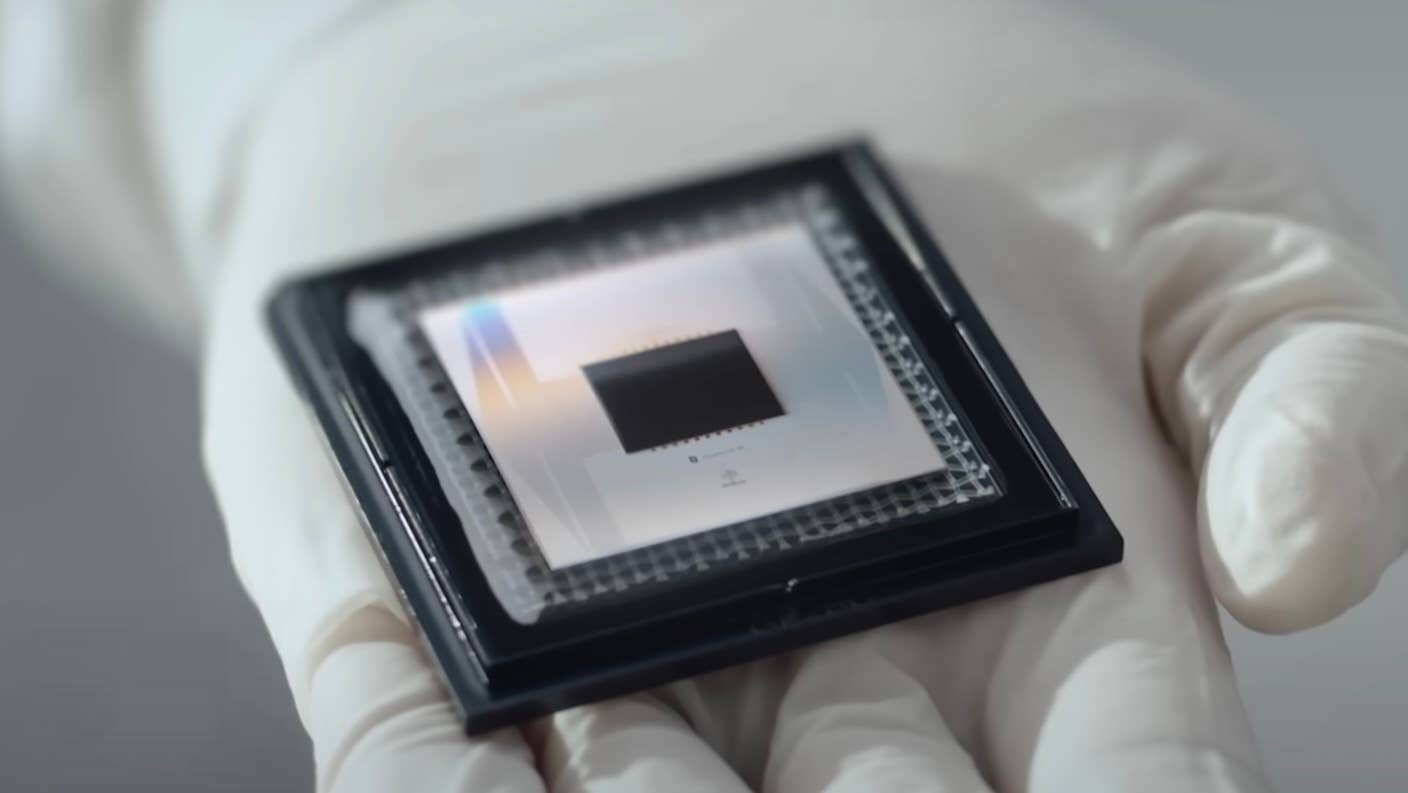The ultimate goal of the Internet of Things (IoT) is to build computing capabilities into every object in the world, but that’s a pipe dream with today’s chips. Now British chip designer Arm thinks it might have the solution after unveiling the most powerful plastic microprocessor to date.
The falling cost and size of silicon chips has made it possible to integrate sophisticated electronics into an ever-greater array of objects over the years. Think of almost any consumer good and you can probably find a “smart” version of it.
But there are limits to where we can reasonably add electronics. A disposable milk bottle that can automatically sense when its contents is spoiling is clearly out of reach, as is a throwaway wound dressing that can monitor moisture levels to ensure proper healing.
Arm thinks those kinds of applications may not be far away, though. In a paper published last week in Nature, researchers from the company detailed a 32-bit microprocessor built directly onto a plastic substrate that promises to be both flexible and dramatically cheaper than today’s chips.
“We envisage that PlasticARM will pioneer the development of low-cost, fully flexible smart integrated systems to enable an ‘internet of everything’ consisting of the integration of more than a trillion inanimate objects over the next decade into the digital world,” they wrote.
Flexible electronics aren’t exactly new, and sensors, batteries, LEDs, antennae, and many other simpler components have all been demonstrated before. But a practical microprocessor that can carry out meaningful computations has been elusive thanks to the large number of transistors required, say the researchers.
The new chip designed by Arm squeezed 50,000 transistors into a little under one square inch. This allowed them to create 18,000 logic gates, roughly 12 times as many as any previous flexible integrated circuit.
To do so, the company turned to British firm PragmatIC Semiconductor, which has developed a flexible electronics fabrication process that prints thin-film transistors directly onto a plastic substrate called polyimide.
The resulting chip is essentially a copy of Arm’s ultra-low power Cortex-M0+ processor designed for IoT applications, but with some significant caveats. The chip can only manage speeds of 29 kilohertz, more than 30 times slower than the roughly 1 megahertz the M0+ can achieve. Even worse, it uses 2,000 times as much power, though it’s still not much at 20 milliwatts.
Be Part of the Future
Sign up for SingularityHub's weekly briefing to receive top stories about groundbreaking technologies and visionary thinkers.


The current iteration also doesn’t have a reprogrammable memory, so it can only run the operations it was built with, though the researchers expect to change this in future versions. The team also didn’t test the chip’s flexibility, despite this being pitched as one of its most promising characteristics.
This device is just a proof of concept, though, and many of its shortcomings will be worked on as the chip moves towards commercialization, which the company seems intent on. But Arm’s James Myers told The Register that these improvements were likely to be modest, as their goal was not to create chips as complex as standard silicon ones.
Despite the prominent mentions of the chip’s flexibility, its low cost is probably the more important factor. PragmatICs’ fabrication process has removed many of the more costly steps associated with building chips, and the raw ingredients are also considerably cheaper than standard processors.
These chips might not be nearly as powerful as their silicon cousins, but they will be much, much cheaper. And there are many applications where price is a far bigger factor than processing capabilities, from smart clothing to intelligent packaging.
Whether we really need to install chips in every object under the sun is another matter, but if an Internet of Everything is really in the cards, then these plastic microprocessors might be one of the key ingredients.
Image Credit: Laura Ockel on Unsplash
What we’re reading




